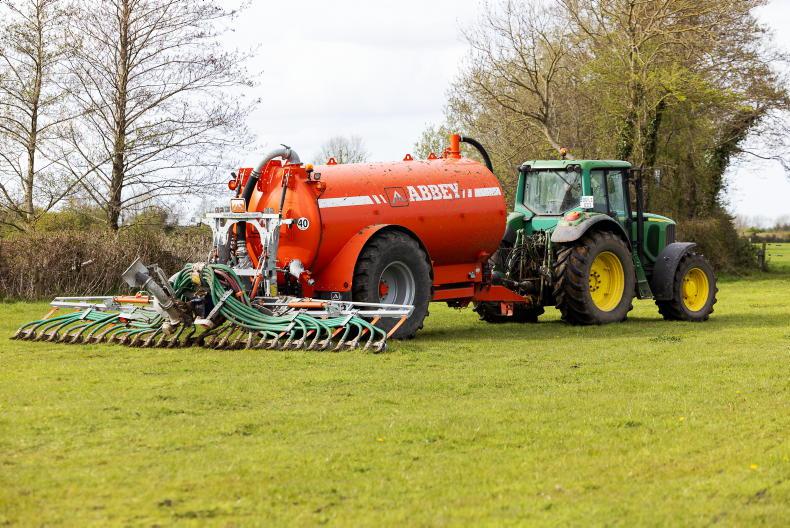When talking about primary food production on the island of Ireland, it is critical to keep in mind the very considerable differences in the basic structure of agriculture on either side of the border.
In the Republic, the trends which started with the ending of the milk quota era in 2015 can still be seen in the most recent data on cow numbers where the dairy cow herd has expanded as the beef cow herd contracted.
This has happened while the total number of cows has remained relatively fixed at 2.5 million. (Figure 1)
In the North, the situation is considerably more stable, with the total number of dairy cows virtually unchanged across the period, while there has been a small drop in the number of beef cows. (Figure 2).
With the current uncertainty around the nitrates derogation, it is very unclear what the coming years will bring for cow numbers in the Republic, but there is no reason to think that the trend that has been in place for almost a decade now will slow.
This does not mean that Ireland is facing a shortage of beef – in fact, beef production in the Republic by volume has been remarkably stable over recent years as dairy-beef systems become more prevalent. (Figure 3)
In the tillage sector, the total area under crops has been relatively stable for the past decade, which on the face of it is a good thing.
However, in the Republic of Ireland there has been a Government drive to increase the area under tillage, which has so far failed to produce any meaningful results. (Figure 4).
In last year’s Irish Farmers Journal/KPMG Agribusiness report we took a very in-depth look at what is happening when it comes to land use and land changes. In brief, the report found that in the Republic the greatest pressure on land use was from dairy farmers seeking to increase the size of their holdings to either maintain production levels or expand their operations.
That assessment came after a record year for dairy farm incomes and after the first cut in the nitrates derogation. From what we know about 2024 so far, that assessment still holds.
Tillage
Industry estimates for the tillage sector in the Republic suggest there could be a drop of as much as 35,000ha this year, with Minister for Agriculture Charlie McConalogue recently saying that he was aware that income pressures in the sector, as well as the nitrates derogation uncertainty, were factor in that drop.
Other factors which we looked at last year continue to be relatively minor. While there has been an increasing uptake of alternative land uses such as solar, the impact on the overall picture is small.
Demand from an emerging Anaerobic Digester industry looking for feedstock has not appeared at all, entirely due to the failure of that sector to get off the ground in any meaningful sense in the Republic.
Fresh incentives, and more generous grants, for forestry have failed to provide any major uplift to that sector, with only 1,600ha planted in 2023 – this is only 20% of the government’s 8,000ha per year afforestation target.
Northern Ireland
Overall both the recent track record and the outlook suggest that in Northern Ireland we are seeing a rather stable position from the point of view of land use, with no single factor driving major changes on the ground. There is little reason to think this will change significantly over the coming years.
In the Republic it is significantly different with dairying and the nitrates directive remaining the driving force.
It is notable that government policy in tillage (with a target of 400,000ha), biomethane (5.7 terawatt-hours by 2030) and forestry (target 8,000ha per year) should all be drivers of land use change. Yet tillage is moving backwards, biomethane and anaerobic digestion are doing nothing and tree planting remains in the doldrums.









SHARING OPTIONS